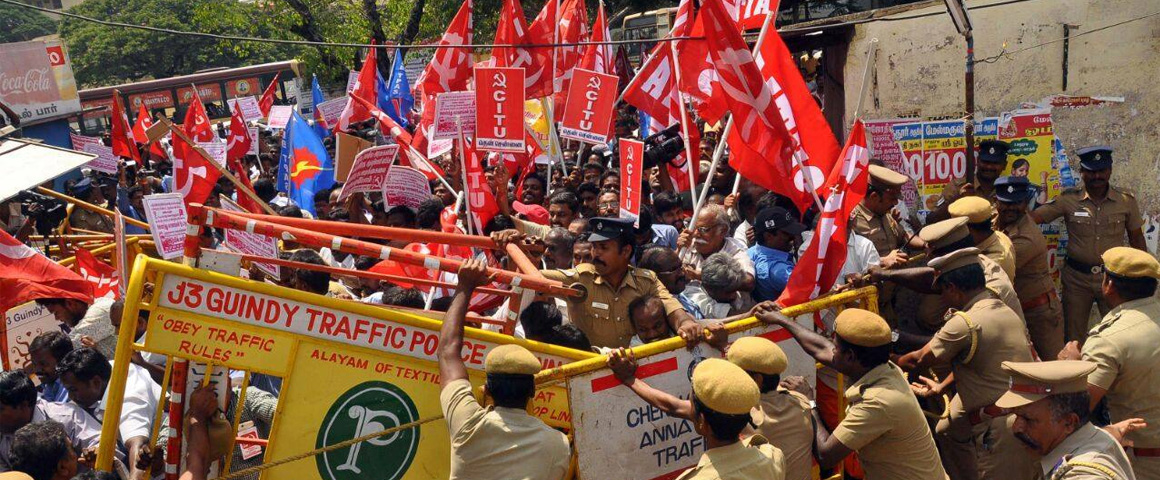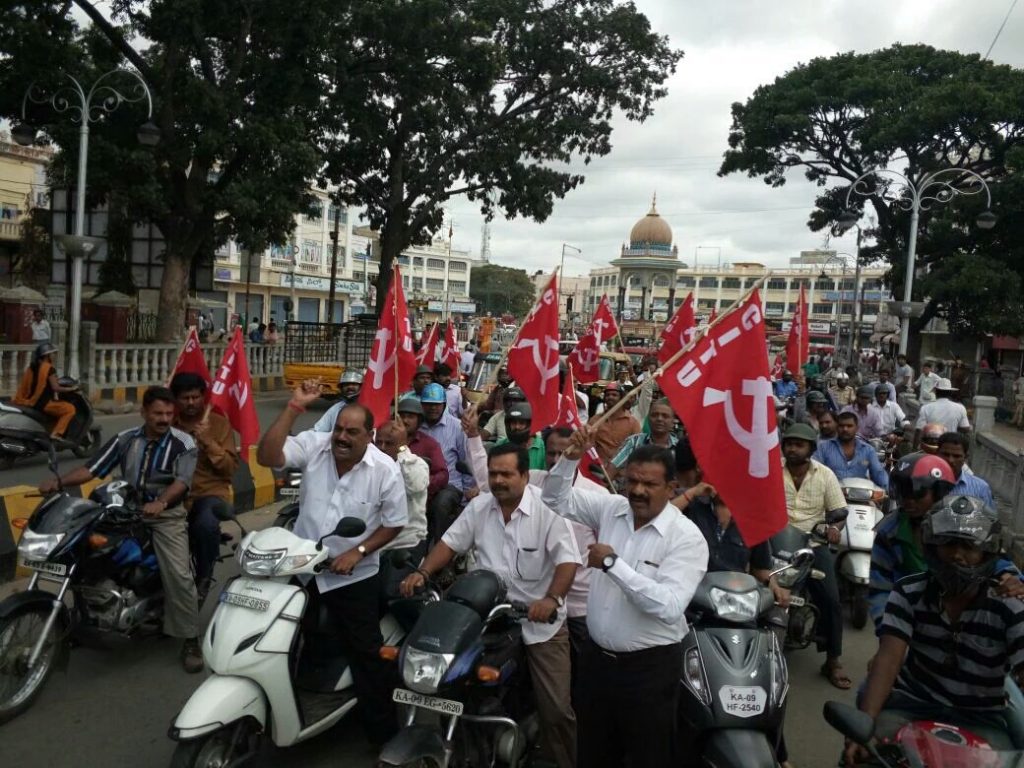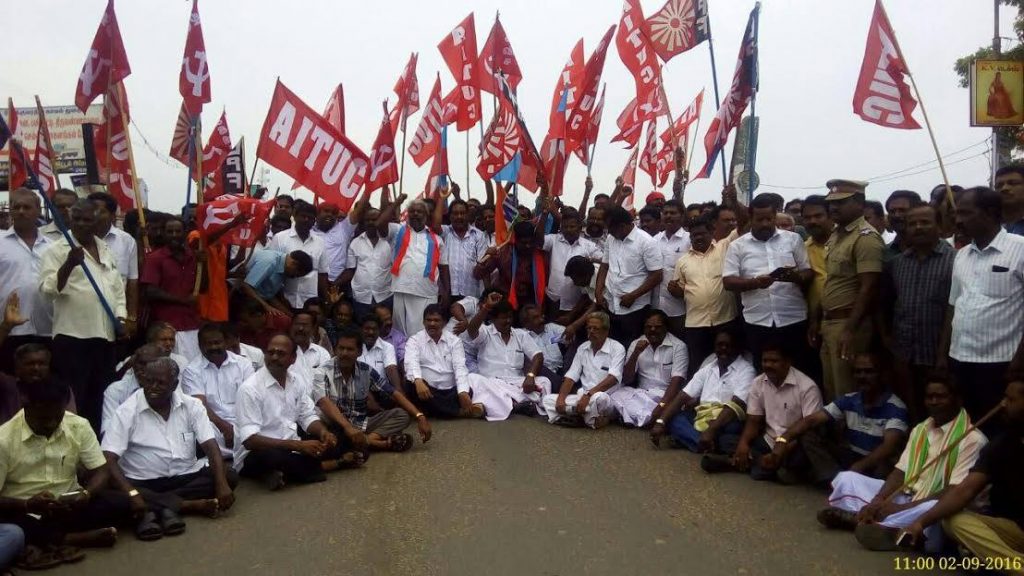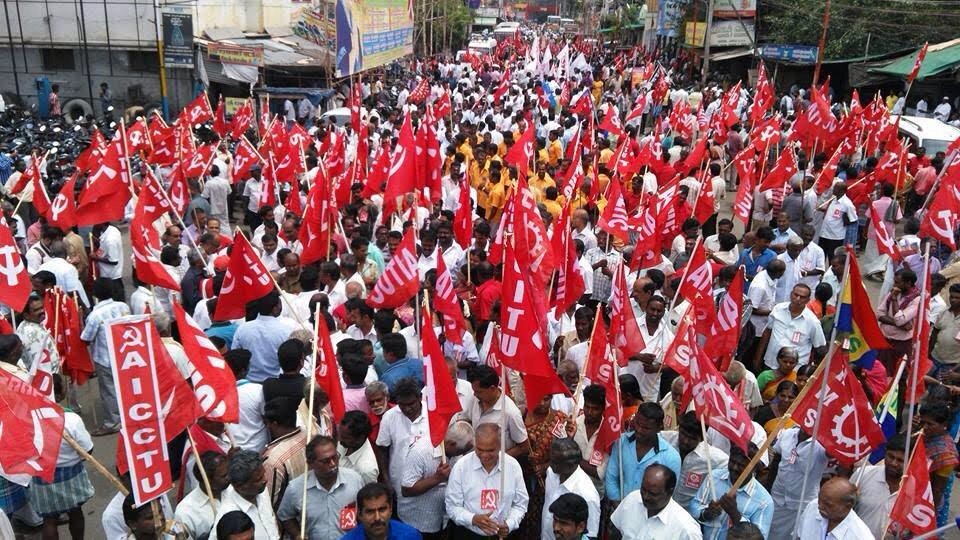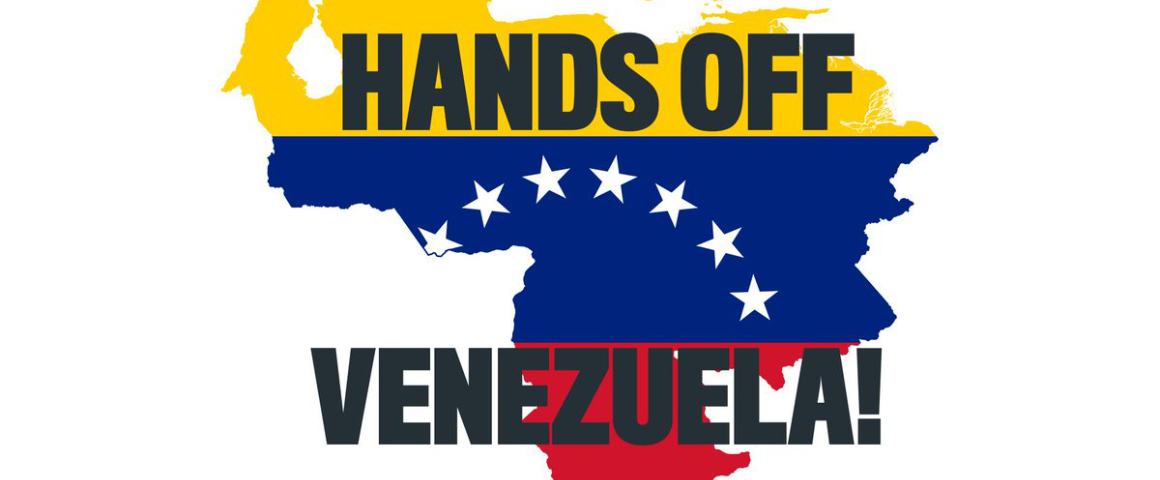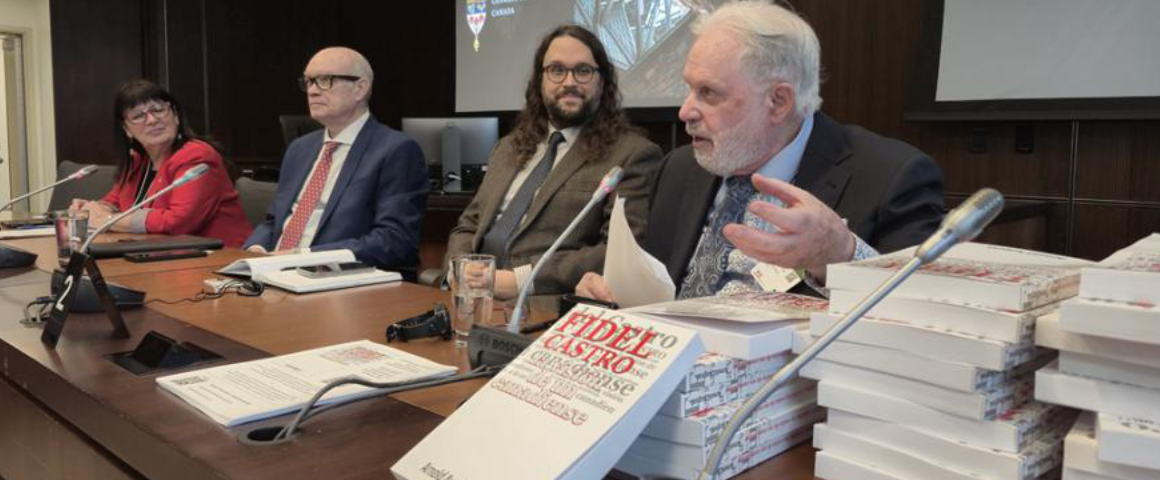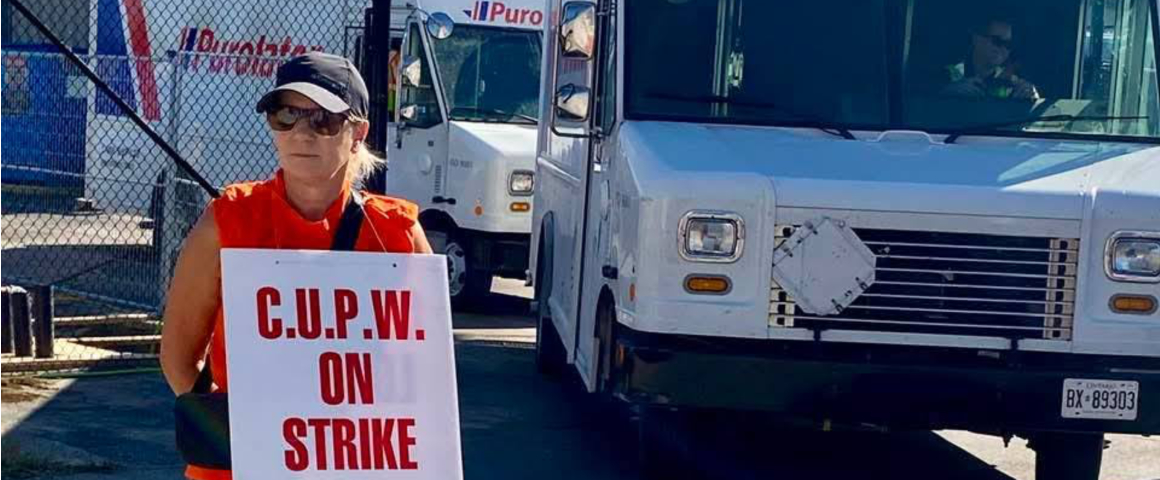The all-India one day general strike on September 2 was bigger and more widespread than on the same date in 2015, raising the same 12 point charter of demands. The central trade union federations counted a participation of 150 million workers in the strike last year; this time, media reports indicated that 180 million workers participated. A top industry group says the general strike cost the economy up to 180 billion rupees (nearly $3 billion).
Last-minute concessions by the finance and labour ministries, including a 104-rupee rise in unskilled workers’ daily minimum wage, failed to undermine the strike against the anti-worker and anti-people policies of Narendra Modi’s Hindu nationalist BJP government.
The turnout was a big rebuff to the government, which claims to protect the interests of workers. Significantly, the pro-government BMS union central, which withdrew from the strike at the last minute in 2015, did not join the strike call this year at all. In fact, the government did everything in its power to create confusion and sabotage the strike, with the willing support of the BMS, which declared that it was ‘withdrawing’ from the strike after claiming a ‘historic victory’ for the workers. The corporate media aired these false claims and added to the misinformation campaign.
But the working class was not deceived, and BMS members even joined the strike in several places. Workers who are not organised into unions, as in the Pune industrial area, joined the strike again this year. In several places the strike spread to newer areas and sections of workers. In many states, not just traditional union strongholds, the strike turned into a “bandh” economic shutdown, mainly due to the massive participation of road transport workers.
Despite attempts by the TMC government in West Bengal to suppress the strike by issuing warnings and threats, state transport buses were empty. In Kerala and Tripura, where the Communist parties are historically large and influential, the strike turned into a bandh.
The anger of workers against the policies of the government was visible in many ways. Around 70,000 anganwadi (health care shelter) workers and employees of ASHAs (community charities), most of them not members of any union, joined the strike in Gujarat, and many joined demonstrations. Similarly, unorganized workers at smaller ports in Gujarat and Andhra Pradesh joined the strike, along with non-union members in many industrial clusters across the country.
In a few areas, such as the larger ports and some road transport sectors, the strike was not as good as 2015, but overall it was observed in many more industrial clusters and sectors.
In several states, striking workers were subjected to police repression and physical attacks. In Haryana, 22 leaders of the road transport workers’ union were arrested and the striking workers were lathi charged; police went to the residential areas where contract workers lived and coerced them to jobsites. Several coal workers in Jharkhand were suspended for joining the strike. In West Bengal CITU leader and former MP Suraj Pathak and many CITU leaders were arrested. TMC goons attacked the workers and their supporters attending rallies, including women. Around 5000 workers were arrested in different parts of Assam.
An overwhelming majority of bank and insurance employees all over the country joined the strike, along with state government employees, some for the first time. Participation of income tax employees, postal employees and other central government workers was massive. Employees in several defence production units joined the strike, along with telecommunications workers, coal miners, medical workers, and contract workers in the public sector.
Unorganised workers in construction, beedi (cigaret production), head load workers, auto and rickshaw drivers, street vendors, and domestic workers in several states joined the strike and also participated in demonstrations.
The Sept. 2 action was the seventeenth joint country-wide general strike since the advent of neoliberal policies some 25 years ago. It was preceded by joint campaigns to organize workers across the country. Booklets exposing the government’s claims were published in local languages, for example.
Among the trade union demands were a 692-rupee daily minimum wage, universal social security and a ban on foreign investment in the railway, insurance and defence industries.
Modi won power in 2014 promising to replicate across India the double-digit economic growth he oversaw as Gujarat’s chief minister. He has opened up sectors such as defence and aviation for foreign investment, and sold shares in many state-owned industries, but working class resistance has so far prevented a full privatisation strategy.
Prof. Jayati Ghosh, a development economist at Jawaharlal Nehru University in Delhi, says that “less than 4% of workers in India come under labour protection, and even those protections have become more and more eroded. There’s a general sense that instead of targeting poverty they are targeting the poor, and there has been a real running down of spending on essential public services.”
She said health workers in some states had not been paid in months, food subsidy and distribution schemes were being neglected and “private employers who wish to discourage any kind of unionisation are being actively encouraged by the central government”.

